Fresh Sem Final Essay (click me)
Michelle Ko
Professor Ali Asani
Freshman Seminar: Muslim Voices in Contemporary World Literature
December 12, 2014
Welcome
Welcome to my art blog post! If I need to summarize my art blog post in one short quote, I would have to borrow Aristotle’s words in saying “the aim of art is to represent not the outward appearance of things, but their inward significance.” In all of my art blog posts, my goal was to take one key theme or concept that I personally derived from reading various Muslim voices in contemporary literature and to somehow translate that same message into one of my art pieces. After completing my artistic blog pieces, I realize that there are a bunch of common themes that tie my art pieces together and, moreover, the unique experiences that I have –growing up in a Taiwanese-American family, going to a feminist all-girl high school, and being an undergraduate on a premedical track–have all had significant influences on how I’ve responded to the texts through my art pieces! Moreover, reading these texts and being able to respond to them through art have allowed me to learn more about my own values and to explore my self-understanding more deeply! Some of the large themes that I cover in my blog posts include the importance of differing perspectives, the importance of recognizing complexities in every situation (to combat stereotypes and generalizations), and finally the theme of women.
An important theme I cover is the importance of recognizing the many different perspectives that come from everyone’s very different background and experience. For example, in my “Persepolis” piece with the pumpkin photographs, I wanted to highlight the importance of how having different perspectives (represented in the piece by the many different camera angles) can change one’s perception of the pumpkin. Similarly, people from different cultures and different religious backgrounds, for example, will respond differently to different situations they encounter. In my “Saint’s Lamp” piece, I have two magnifying glasses showing how different literary figures from different cultures represent and shape people’s view on the world. I have two other magnifying glasses showing how many basic science concepts came from Muslim roots although ironically science is often associated solely with the Western world. Here, I wanted to show the importance of the difference between the attitudes of Ismail Effendi’s initial perspective on how to treat Fatima’s blindness (influenced by his Western education) and his family’s perspective (influenced by their cultural heritage and religion). In my art piece, I wanted to show how there definitely exist different perspectives according to different cultures and different religions, but that science strangely is a source and common root for many different cultures. I think that I responded in this particular way to the text because science has always been a huge part of my life–after working their way up from the bottom of the social ladder, my grandfathers became an engineer and a doctor. Since then the large majority of my family roots have been in the medical field. More than that, I was very interested in science and math in high school (although I also equally loved the humanities courses because my school was a liberal arts high school) and did some biomedical research at a cancer research institute. My high school interest in science, and particularly my chemistry class, also influenced my “Reluctant Fundamentalist” and “My Son the Fanatic” pieces which took advantage of Le Chatelier’s principle, or the idea putting a lot of influences often influences people to want to shift to another influence, such as how American “patriotism” (which often was synonymous to persecution of Middle Eastern Americans and Muslim Americans) could have potentially and might have influenced Middle Eastern Americans and Muslim Americans to cling more tightly to their roots and heritage. Western influences, for example, encouraged Ali to draw more closely to Islam. The next pieces I worked on definitely reflected how my background influenced my reactions to the text. In my “Urdu Poems” piece, I used what I learned from Professor Asani’s “Urdu Poems” essay to analogize the many different types of poems (“na’ts”) written praising Muhammad to “love poems” in the West. I then tried my own hand at writing a “love poem” praising “love” and written in a specific modern, Western poetic form. In my “Beggar’s Strike” piece where I talked about homelessness and the Salvation Army, I used what I learned from “Beggar’s Strike” and this surprising discussion about almsgiving and having “beggar” be an occupation in order to better understand the complexity behind “almsgiving” within the American society.
The next theme I focused on was the idea of understanding the intense complexities in every situation in order to avoid generalizing or stereotyping. For example, in my “Complaint and Answer” piece, I took the “tree” and “garden” (an important symbol in Islam) that the poet talked about extensively and repurposed it in a charcoal-inspired (but really color pencil) piece to try to explain the complexities behind the Islamic religion–there is no one Islam. The way one person perceives Islam can be entirely different from the way another person perceives Islam. Islam can mean different things to different people. In my “The Suns of Independence” piece where I drew three different trees from three different areas and connected them with red lines to show their interconnectedness through Islam, I tried to emphasize the take home message from the text–which is that cultural differences can influence how Islam is interpreted in a specific region. I also tried to show how Islam is prevalent in many different countries, including ones that are less associated with Islam such as China. In my “Swallows of Kabul” piece, I tried to explain what happens when you lose the ability to perceive complexities and instead become brainwashed entirely by this concept of the “mob mentality.” My video, which combined some videography special effects and also some flipbook art, basically shows a stick figure being absorbed into this snowball of people. When people become part of a mob, they lose the ability to differentiate themselves with people and they lose the ability to see the complexities associated with individual perspectives and decisions.
Lastly, I actually talked a lot about the women issue that is prevalent not only in Muslim societies but also in the world in general. In my “We Sinful Women” piece (which included photography of women dancing), I wanted to emphasize the feelings of isolation women can have when they are called “sinful,” especially when ironically they are often the most pious, and also the sense of community and solidarity that currently exists for women in the Muslim and the global community. Another thing I wanted to emphasize with is the fact that the community of women that appear in the third photo show that this issue of sexism is not prevalent only in Muslim communities but in communities around the world today still. I also talked about the Burqa and the Bikini in the “Le Chatelier” pieces that I talked about earlier because I feel it is interesting to consider the fact that each side views the other as oppressed and therefore clings more tightly to their own cultural norms fervently and passionately. In my “Sultana’s Dream” piece, I wanted to have the same effect as “Sultana’s Dream” in making my reader realize that there is still room for improvement on the woman’s issue but that female empowerment also by no means implies male denigration. I think that I focused on the theme of women and gender in a lot of the texts we read this semester because I went to an all girl school for high school where talk of feminism and girl empowerment was something discussed in depth, whether in town meetings or in assemblies or even in history and English classes! Getting to focus on women’s history in history classes (which apparently is not prevalent in other coed environments) and getting to talk in depth about women in literature gave me a deep appreciation for the education I received in an all-girl environment and also opened my eyes to the unfortunate inequalities women face today. Being in a coed environment for college has definitely been a new and interesting experience, making me both positive for the future of women but also aware of the persisting gender stereotypes that pervade our culture–i.e. Boys telling me that I cannot do something because I am too “weak.”
In conclusion, I have been very luck to have been able to learn about so many different themes and so many different aspects of the Islamic culture by getting to read Islamic primary texts first hand–this class has been an incredibly personal, rewarding, and cathartic experience for me. I have had the opportunity to meet great people (such as Professor Ali Asani) and the rest of my freshman seminar group who has been an incredible joy to be in a seminar-style class with. I remember the very first day when I walked into class, excited for a smaller class size (which I was more used to) yet hesitant and nervous about jumping into this course with a bunch of strangers. Now, my freshman seminar peers are strangers no more and I feel that I’ve gained so incredibly much from this course. In addition to the theme of perspectives, complexities, and women that I talk about in my blog posts, something else I wanted to address actually pertains to a recurring theme that shows up multiple times in my art works–the idea of the connecting “red lines.” I mention in my “The Suns of Independence” piece that the “red lines” idea was originally inspired from the Chinese folk myth of the “red string of fate” that strings together destined lovers. Although I am not stringing together lovers in my piece, I wanted to hopefully bring in the idea of stringing in two seemingly unlike concepts together. For example, different cultures can be strung together by a religion like Islam. Homeless beggars and the Salvation Army can be strung together by commonalities. In a sense, I see the entirety of my art blog as a “red string of fate” in itself, connecting just the major themes and things I’ve learned from this class. In many ways, my art blog posts act as a way to string together my love for taking charge of my classes—yes, Professor Asani assigned us specific readings (which were all highly enjoyable and fascinating), but it is also true that as students Professor Asani gave us a great deal of power in choosing how we wanted to respond to the texts in our journal posts and in our artistic responses. Perhaps more importantly, my art blog acts as the “red string of fate” by connecting together what I’ve learned in class (yes) AND in essence connecting me to the class personally; My art blog is entirely a representation of my personal investment into the literary texts in front of me and a clear visual and artistic portrayal of how I’ve responded personally to the texts at hand. My blog post gives a clear sense of the major things I have and will take away from this class (among many other things).
To Professor Asani: Thank you from the bottom of my heart. I’ve learned things about Islam and frankly about myself that I hadn’t known previously and it’s been an absolute pleasure. ‘Til next time! J



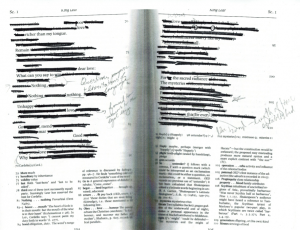
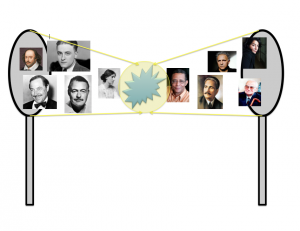


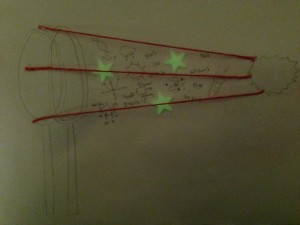
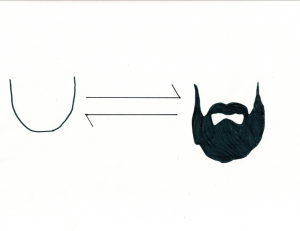
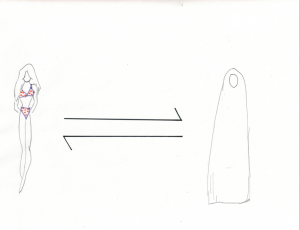
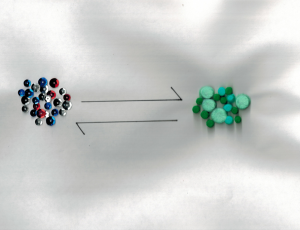
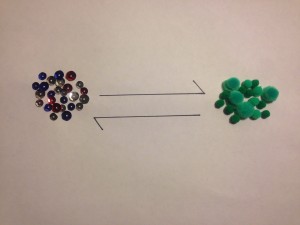
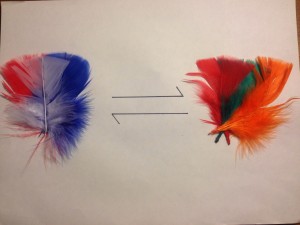

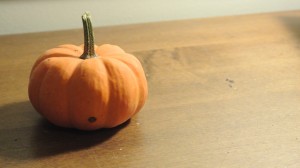
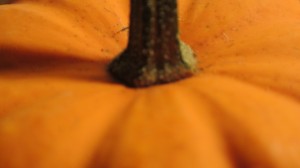
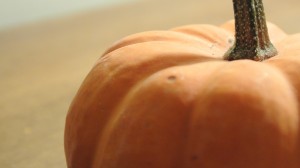
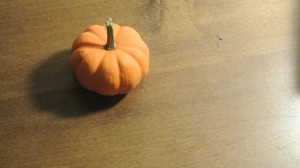
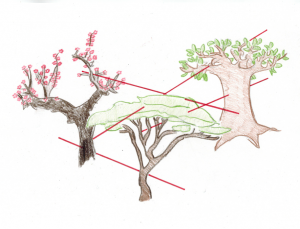
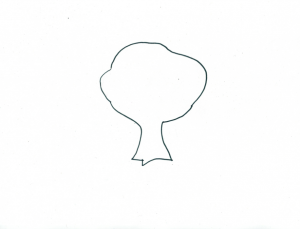
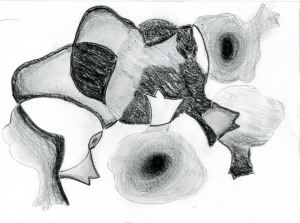
Recent Comments